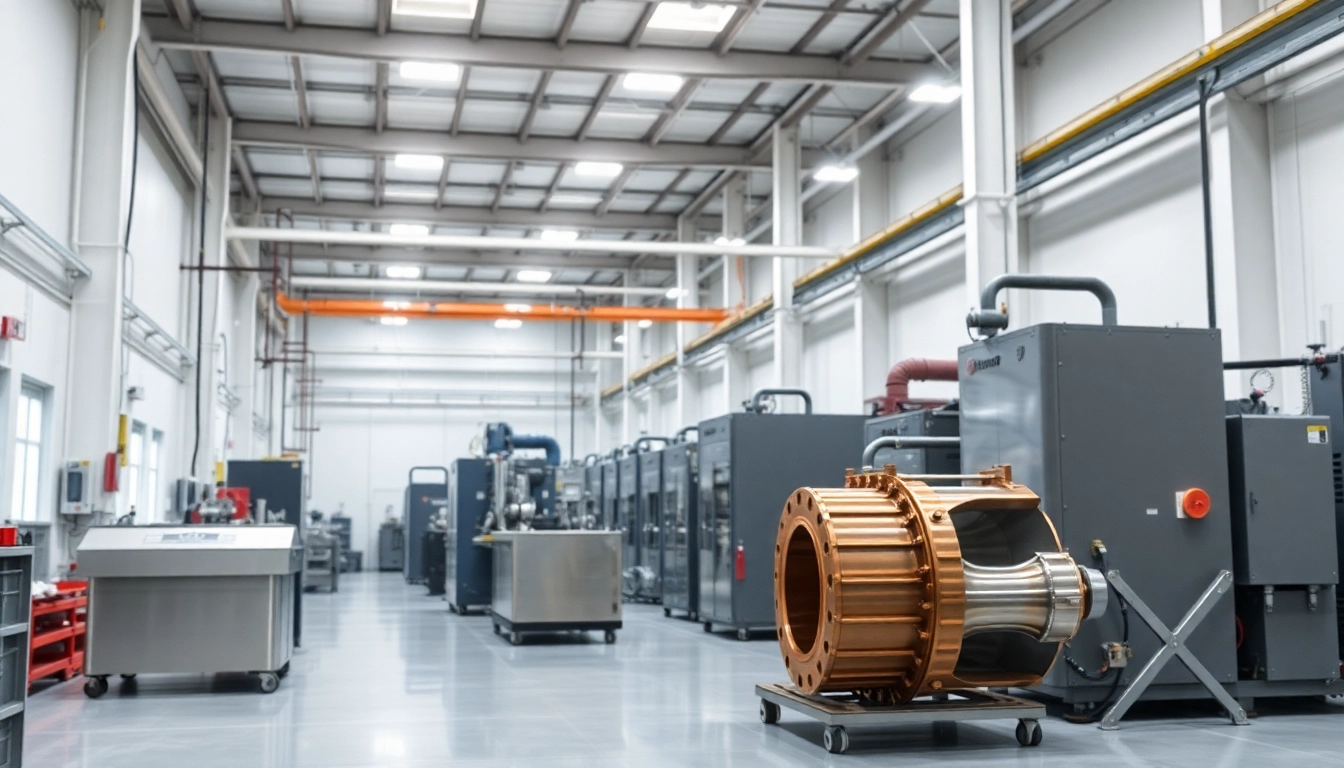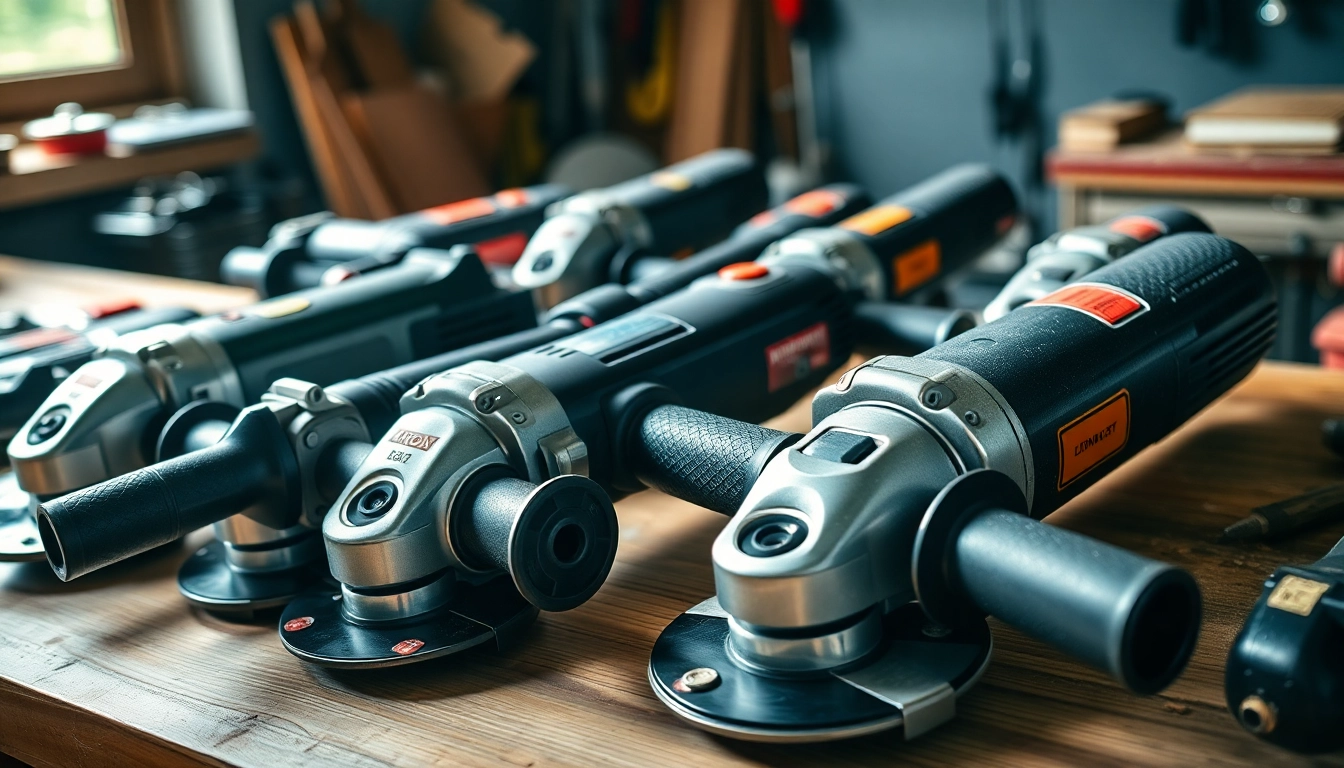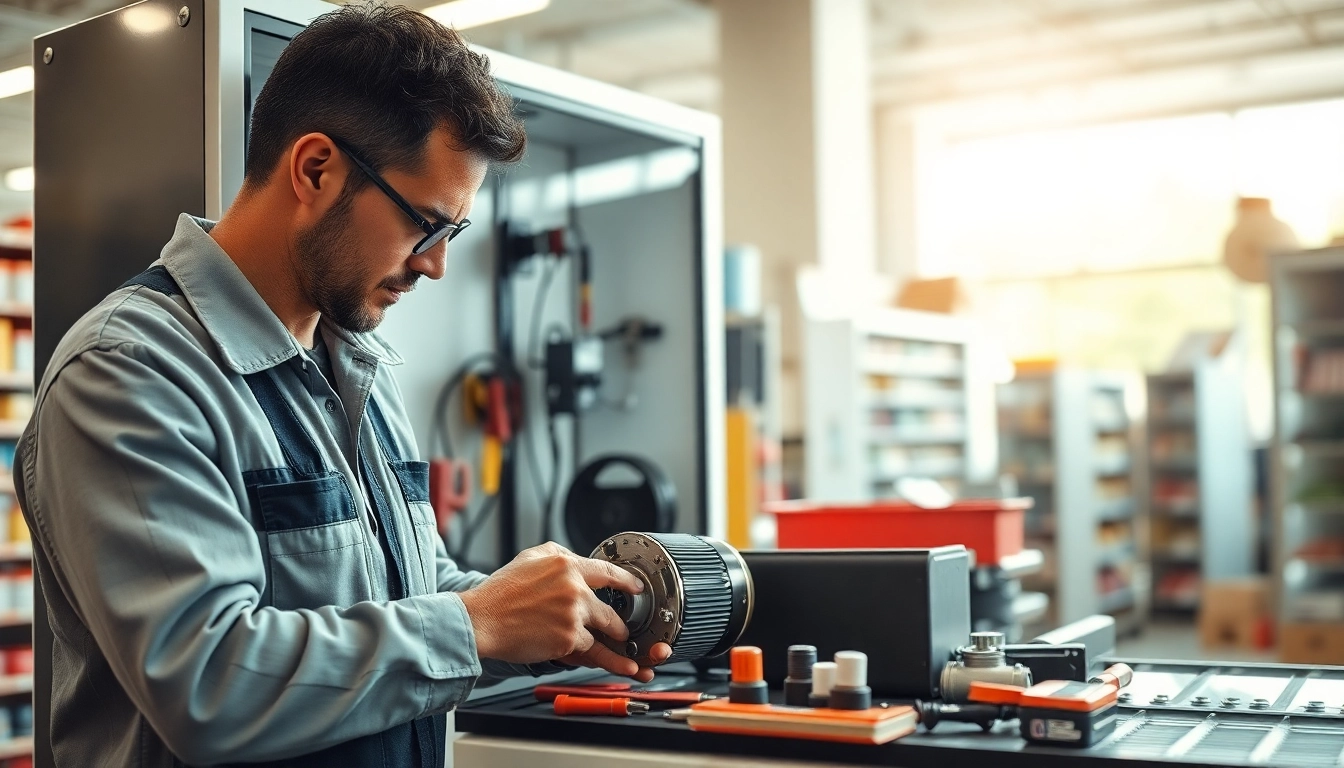Introduction to EP Coating
Electrophoretic coating, often referred to as EP coating or E-coating, is a sophisticated surface finishing technology utilized across a multitude of industries. This process involves the application of a paint film to substrates via an electrical charge, creating a durable and uniform coat that enhances resistance to corrosion and wear. The innovative nature of ep coating has made it an essential choice for manufacturers looking to optimize product performance and longevity.
What is Electrophoretic Coating?
Electrophoretic coating is a procedure that leverages the principles of electrophoresis, whereby charged particles disperse in a liquid medium and are deposited onto a surface when an electric field is applied. The coating is predominantly used for metal components, enabling even coverage over complex geometries and hard-to-reach areas. This technology has evolved over the past few decades, resulting in coatings that exhibit impressive mechanical properties and chemical resistances.
The Importance of EP Coating in Industry
EP coating plays a critical role in various industries, including automotive, aerospace, electronics, and consumer goods. Its ability to provide excellent corrosion resistance makes it a preferred choice for components that struggle in harsh environments. Additionally, the uniformity and adhesion properties of E-coatings contribute significantly to product aesthetics and durability. In sectors like automotive manufacturing, EP coating ensures not only functional superiority but also compliance with cosmetic standards, which can influence consumer purchasing decisions.
Common Applications of EP Coating
The versatility of EP coating extends to a diverse range of applications. Some of the most prevalent uses include:
- Automotive Manufacturing: Frames, body parts, and engine components are often treated with EP coating to enhance their resistance to rust and damage.
- Industrial Equipment: Machinery and tools receive EP coatings for improved durability, reducing maintenance costs over time.
- Consumer Electronics: Household appliances and electronic devices utilize EP coatings not only for protection but also for design purposes.
- Healthcare: Medical instruments and implants utilize this technology to promote hygiene and biocompatibility.
The EP Coating Process Explained
Steps Involved in Electrophoretic Coating
The EP coating process is systematic and consists of several key steps:
- Component Preparation: The substrate material is cleaned and often treated to remove contaminants like oil, grease, and oxides that could interfere with coating adhesion.
- Electrophoretic Bath Setup: The prepared components are submerged in a liquid bath containing charged paint particles suspended in water or solvent.
- Application of Electric Current: An electric field is applied, causing the paint particles to migrate to the positively or negatively charged substrate surface, where they adhere.
- Curing Process: After a predetermined deposition time, the coated parts are removed and cured—usually in an oven—to provide a robust, cross-linked finish.
Choosing the Right Coating Materials
Choosing appropriate materials for the electrophoretic coating process is crucial to achieving desired properties. The options vary widely based on the service requirements of the final product:
- Traditional Epoxy Coatings: Known for excellent adhesion and high resistance to chemicals, these paints are often used in industrial applications.
- Acrylic Coatings: These offer superior UV resistance and are ideal for exterior applications, particularly in automotive finishing.
- Hybrid Systems: Combining the best properties of multiple materials can result in coatings that offer tailored performance according to specific industry needs.
Equipment Used in the EP Coating Process
The equipment used in the EP coating process is crucial for maintaining efficiency and quality. Some standard tools include:
- Power Supply: Provides the necessary electric current to facilitate the deposition of paint particles.
- Electrophoretic Bath: A specially designed reservoir that holds the liquid coating material.
- Curing Oven: Ensures that the coating is adequately cured to set its properties permanently.
Benefits of EP Coating
Corrosion Resistance and Longevity
One of the standout benefits of EP coating is its impressive resistance to corrosion. This is particularly important for products exposed to moisture, chemicals, and harsh environments. By ensuring a robust barrier against oxidation, EP coating significantly enhances the longevity of components, leading to reduced replacement and maintenance costs over time.
Cost-Effectiveness in Scale Production
Implementing EP coating within a manufacturing process can lead to substantial cost savings, especially for large-scale production. The efficiency of the coating process, along with the durability of the resulting finish, can lower operational costs significantly:
- Reduction in Waste: The controlled deposition process minimizes the overspray and waste often seen in traditional painting methods.
- Fewer Touch-Ups: The even and durable application reduces the need for touch-ups or recoating, leading to fewer resources consumed.
- Increased Throughput: Quick application and curing times boost the overall productivity of manufacturing lines.
Comparison with Other Coating Methods
When evaluated against other surface finishing methods like powder coating or traditional spray painting, EP coating shows a distinct advantage:
- Uniformity: The process ensures a uniform layer of coating, even in hard-to-reach areas.
- Environmental Benefits: Many EP coatings contain low levels of volatile organic compounds (VOCs), making them more environmentally friendly compared to some paint sprays.
- Better Coverage: EP coating penetrates tighter spaces better than powder or traditional liquid paints due to its charged particle nature.
Challenges in EP Coating
Common Issues and How to Overcome Them
Despite its advantages, EP coating is not without challenges. Some common issues include:
- Inconsistent Coating Thickness: Variability in coating can occur if the electric field is uneven. Regular maintenance and calibration of equipment can help mitigate this issue.
- Contamination: Any contaminants on the substrate or in the coating bath can lead to defects in the final finish. Pre-treatment of surfaces and proper filtration and maintenance of the coating solution are essential for preventing this.
Quality Control in Electrophoretic Coating
Quality control is vital in the electrophoretic coating process to ensure consistency and performance. Common practices include:
- Testing Coating Thickness: Regular measurement of coating thickness with magnetic or electronic gauges helps maintain the desired specification.
- Adhesion Tests: Performing adhesive tape tests ensures the coating adheres properly to substrates, reducing the likelihood of peeling.
- Visual Inspection: Conducting visual reviews post-application can help catch any surface imperfections early in the process.
Future Trends in EP Coating Technology
The future of EP coating is poised for innovation with emerging trends such as:
- Smart Coatings: Development of coatings that can respond to environmental changes, such as temperature or humidity, providing adaptive protection.
- Sustainable Practices: Movement toward more environmentally friendly formulations and processes while maintaining performance.
- Industry 4.0 Integration: Leveraging AI and IoT in monitoring and control systems to optimize coating processes.
Conclusion: The Future of EP Coating
Innovations on the Horizon
As technology advances, the scope for electrophoretic coating is broadening significantly. New formulations and processes aim to improve performance while focusing on sustainability and efficiency. Staying abreast of these changes is critical for industries relying on durable coatings.
Why Choose EP Coating for Your Projects?
Choosing EP coating can be a game-changer for projects requiring durability, corrosion resistance, and an aesthetically pleasing finish. Its application across various sectors supports the transition to high-performance products capable of withstanding demanding environments.
Final Thoughts on Electrophoretic Coating Practices
Electrophoretic coating represents a contemporary solution for manufacturers seeking superior performance and longevity in their products. By embracing this technology, industries can significantly enhance their manufacturing processes, delivering results that meet modern demands.



